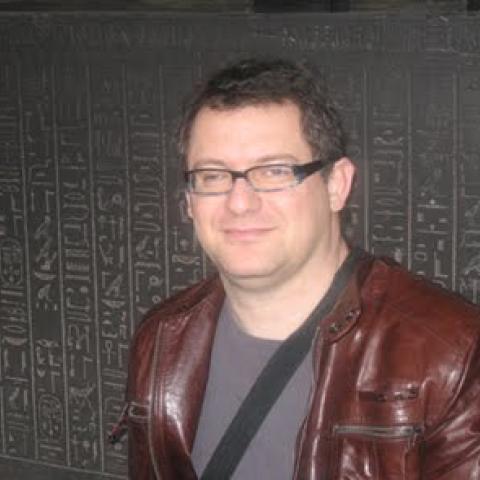Abstract
Abstract:
Visual tags play a key role in the guidance of the visually impaired (VI) through unknown environments. Since QR codes are too small to be identified from a significant distance, the ArUco code has become a standard. However, this code has to problems: a) it is binary (base two b/w), and b) sometimes leads to ambiguous pose estimations, especially when its distance wrt the observer (usually a cell phone camera) increases. We have developed a new code called DDTAGS which addresses these two points. Firstly, it is color based and then it is denser than ArUco (base 3) even when CRC information is included. Secondly, our computer vision algorithms make it very stable. Some interesting features: distance 12x QR (12 meters), ultra-fast reading, wide angle (deformation up to 160º), reading in poor light conditions, multiple reading (200 codes at a time), and no-focusing required. VI users only have to pan their cell phones and then shake for going to the next reading. All these elements have been included in an app called NAVILENS (freely available both for Android and IOS). Please download the app before the talk to enjoy the experience. Even the user can download his own patterns for setting a domestic environment. This app was endorsed by Vodafone (as award winners) and we participate in the Mobile World Congress as partners, but the patent is licensed to a small company.
We have successfully deployed NAVILENS in some transportation systems. For instance in Barcelona, there is a Metro Line going from the Airport to the Mobile Congress which is signposted with our system. Moreover, 67 bus stations are endowed which this technology which is also useful for non-VI users since it is coupled with the software of the Metropolitan Transportation System. We have also deployed NAVILENS in the tramway of the city of Murcia and many others will follow. We have also good experiences of deploying the technique in museums and other environments (e.g. industrial ones) closer to non-VI users. This model allows a sustainable development for the community through the tags. During this talk, we will show many examples of such deployments. Future developments include computer methods for extracting them from structural patterns when they are too far away.

